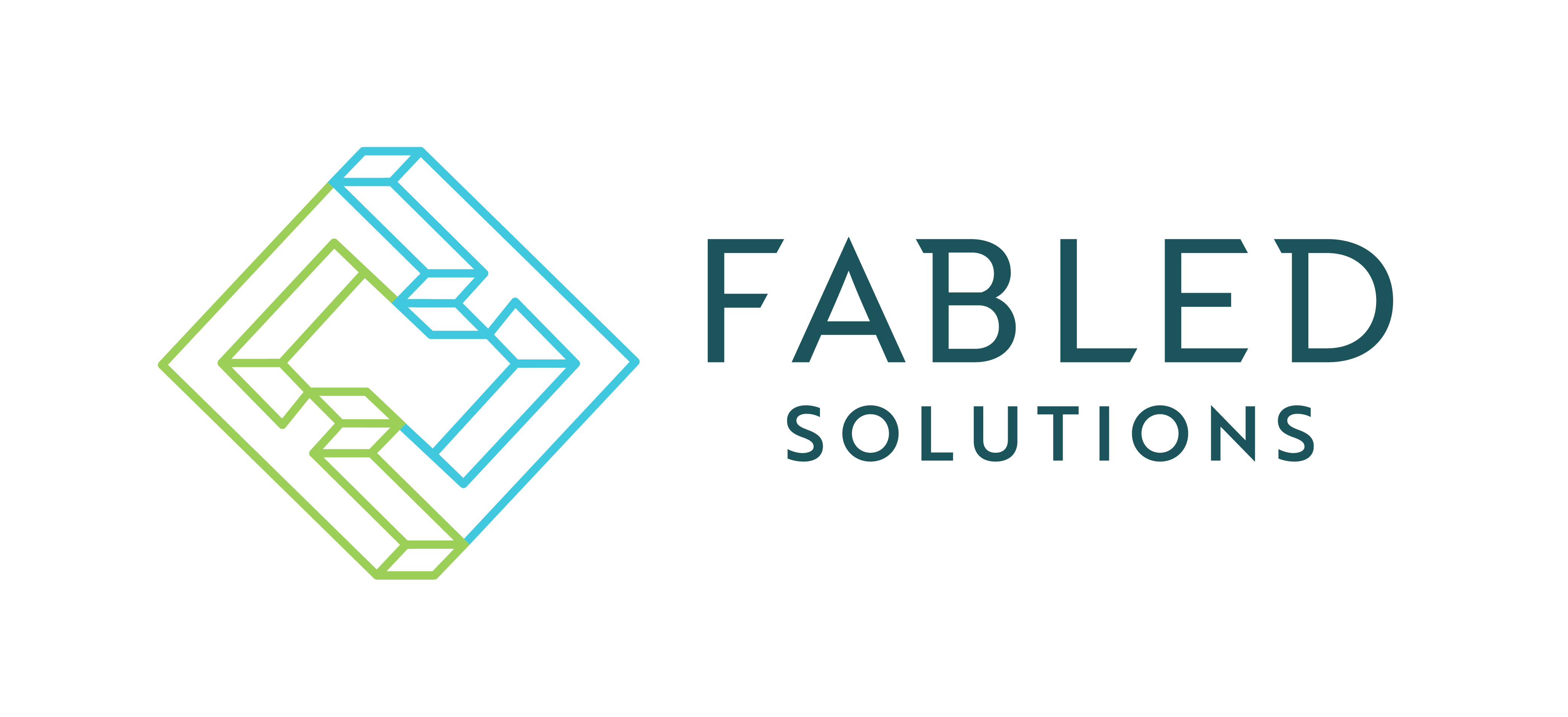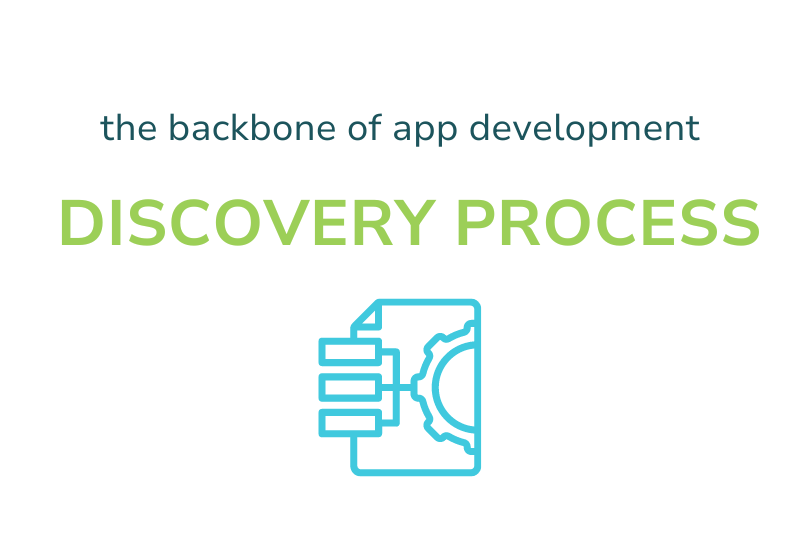When it comes to developing a custom application, success hinges on more than just coding prowess and design finesse. The key to delivering exceptional web and mobile applications lies in the meticulous and often underestimated phase known as the discovery process. This essential stage serves as the foundation for accurate process mapping and is a linchpin for creating the best possible minimum viable product (MVP) that can evolve and expand in the future.
Unveiling the Discovery Process
The discovery process is the initial phase of a custom application development project where stakeholders and development teams collaborate to gain a profound understanding of the client’s business goals, requirements, and challenges. This phase involves in-depth discussions, research, and analysis to unearth critical insights that will shape the entire development journey.
Understanding Business Objectives and Requirements
At the core of the discovery process is the exploration of business objectives. This involves engaging with stakeholders to not only identify what they want the application to achieve but also to shed light on the underlying problems it needs to solve. A clear understanding of the client’s vision and objectives allows the development team to align technical decisions with the overarching business strategy.
User-Centric Approach
A successful application is one that resonates with its users. The discovery process places a strong emphasis on understanding the end-users – their needs, preferences, pain points, and expectations. By adopting a user-centric approach, developers can craft an application that not only meets technical specifications but also ensures a seamless and satisfying user experience.
Accurate Process Mapping
Armed with a comprehensive understanding of the client’s requirements and user needs, the development team can embark on accurate process mapping. This involves creating a detailed roadmap that outlines the functionalities, features, and interactions the application will have. Process mapping serves as a visual representation of the application’s architecture, helping to identify potential bottlenecks, dependencies, and areas for optimization.
Risk Mitigation and Cost-Efficiency
Through meticulous process mapping during the discovery phase, potential risks can be identified and mitigated early in the development cycle. This proactive approach not only enhances the overall reliability of the application but also contributes to cost-efficiency by reducing the likelihood of rework and unforeseen challenges during later stages of development.
Scalability and Flexibility
Accurate process mapping is the cornerstone of building a scalable and flexible application. The discovery process lays the groundwork for anticipating future needs and designing a system that can adapt to evolving requirements. By considering scalability from the outset, development teams can ensure that the application can grow seamlessly as the business expands or new features are introduced.
Delivering the Best Minimum Viable Product (MVP)
The discovery process plays a pivotal role in crafting the best possible minimum viable product – a version of the application that includes essential features to meet user needs while minimizing development time and cost. This strategic approach allows businesses to launch the application faster, gather valuable user feedback, and make informed decisions about future enhancements.
User Feedback and Iterative Development
By releasing an MVP, development teams can gather real-world user feedback, enabling them to make data-driven decisions for future iterations. This iterative development cycle, driven by insights from actual users, ensures that subsequent features align with user expectations and deliver maximum value.
Reducing Time to Market
The MVP approach, facilitated by the discovery process, accelerates time to market. Instead of waiting for a fully-featured application, businesses can introduce a functional version quickly, gaining a competitive edge and validating their concept in the market sooner.
Bottom-Line
The discovery process is not merely a preliminary step but a strategic imperative. It is the compass that guides development teams towards an accurate process mapping, ensuring the creation of the best possible minimum viable product.
By investing time and effort into the discovery phase, businesses lay the groundwork for successful, scalable, and user-centric applications that can adapt and thrive in an ever-changing technological landscape. In essence, the discovery process is the catalyst that transforms a concept into a tangible, valuable asset for the business and its users.
Discovery Process with Fabled Solutions
At Fabled Solutions, we prioritize a thorough and meticulous approach during the discovery process. Combining in-person and virtual meetings alongside collaborative tools like Miro. Our project management team ensures comprehensive engagement with stakeholders. This dedicated approach allows us to delve deep into business objectives, requirements, and challenges, laying a robust foundation for accurate process mapping and the development of the optimal minimum viable product (MVP).


